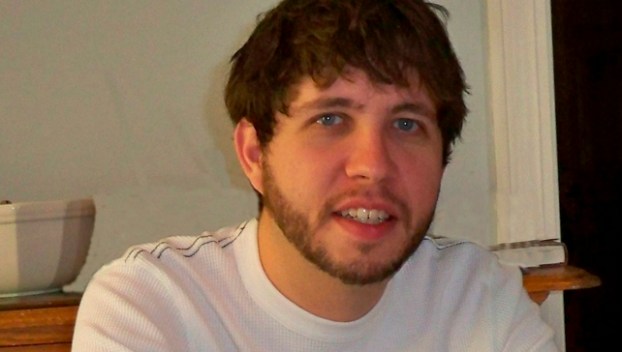
Community
Roam: A place to grab a sandwich, explore the world
Calvin Wiley wants to bring a touch of the world to Bowling Green. Having visited more than 50 ... Read more

Calvin Wiley wants to bring a touch of the world to Bowling Green. Having visited more than 50 ... Read more

In chess and geopolitics, we draw very unique lessons from the style of play of the great Mikhail ... Read more
On meeting Ukraine’s president-elect, Petro Poroshenko, in Warsaw Wednesday, President Barack Obama said the United States was “absolutely ... Read more
Having just returned from Ukraine, I found it hard to recognize the world President Barack Obama described in ... Read more